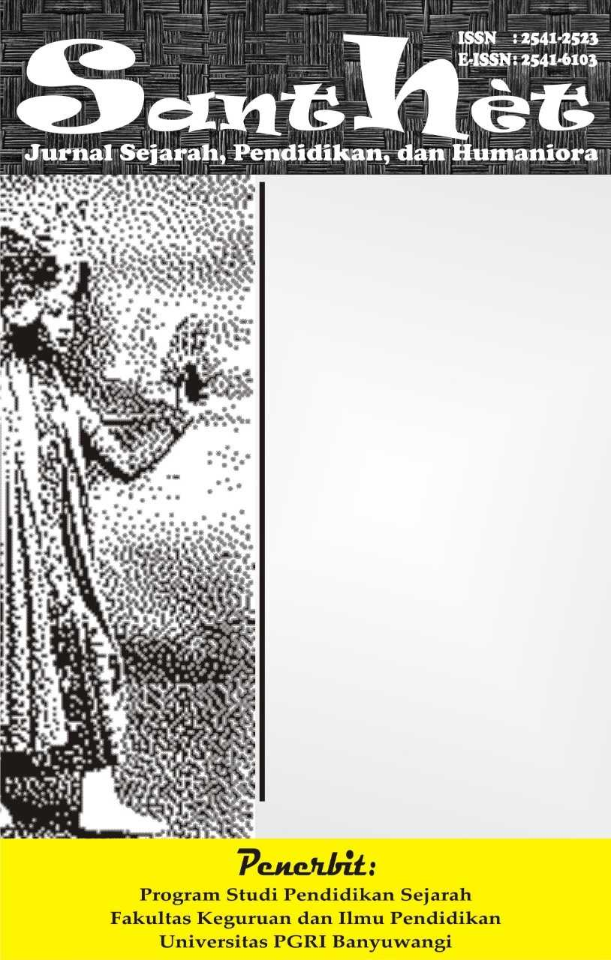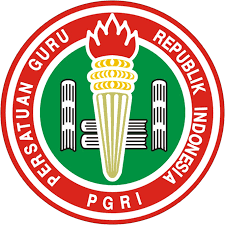A, The Pengembangan Media Pembelajaran Roda Tanya pada Materi Cerita Fabel Siswa Kelas VII Sekolah Menengah Pertama Negeri 17 Tanjungpinang
Pengembangan Media Pembelajaran Roda Tanya pada Materi Cerita Fabel Siswa Kelas VII Sekolah Menengah Pertama Negeri 17 Tanjungpinang
DOI:
https://doi.org/10.36526/santhet.v8i1.3483Keywords:
Development, Learning, Media, StudentsAbstract
The study aims to develop a media learning wheel for the student panel material of the 7th grade at the State 17th High School for the academic year 2022-2023 by reviewing the level of validity and practicality of the use of the media developed. The development model used in this study is a 4D model that starts from the definition stage. (Development). The media that the researchers developed in this study is a creative visual learning medium called a fable story question wheel with some questions that must be solved to assess students' ability to understand the fable story material. The query wheel is validated by two experts: the material expert and the media expert. The number of students in the learning media practicality test group, which is 5 students for small groups and 30 students for large groups, The data collection technique in this study uses interviews, media validity, and media practicality. Data analysis techniques in this study are quantitative descriptive to analyze media validity and practicality assessment scores and qualitative descriptive to analyze comments, suggestions, and input to the media. The result of this study was a media learning wheel, with a percentage of validation from the material expert reaching 79% with the qualification "valid,” and the validation of the media expert reaching 96% with the qualification “very valid." Further, a media practicality test was carried out on students in grade VII of the State High School 17 Tanjungpinang, with percentages reaching 90% with the “very practical” qualification for small groups, 91% with the qualifying “very practice” for large groups, and 100% with the qualification “very useful” for teachers. This research can be implemented as well as used as a reference for advanced research to determine the level of effectiveness of learning media and to develop other creative visual learning media.
References
Arsyad, Azhar. (2017). Media Pembelajaran. Jakarta: PT RajaGrafindo Persada.
Ibda, & Habidulloh. (2017). Media Pembelajaran Berbasis Wayang. Semarang: CV Pilar Nusantara.
Kustandi, dan Darmawan. (2020). Pengembangan Media Pembelajaran (Konsep & Aplikasi Pengembangan Media Pembelajaran bagi Pendidik di Sekolah dan Masyarakat) (pertama). Jakarta: Kencana.
Nurgiyantoro, B. (2013). Sastra Anak: Pengantar Pemahaman Dunia Anak Cetakan Ketiga. Yogyakarta: Gadjah Mada University Press.
Rosyid, & Moh.Zaiful dkk. (2019). Ragam Media Pembelajaran. Malang: Literasi Nusantara Abadi.
Sugiyono. (2019). Metode Penelitian & Pengembangan (Research and Development). Bandung: Alfabeta.
Widya, dkk. (2022). Permainan Tradisional Berbasis Multimedia. Yogyakarta: Jejak Pustaka.





























